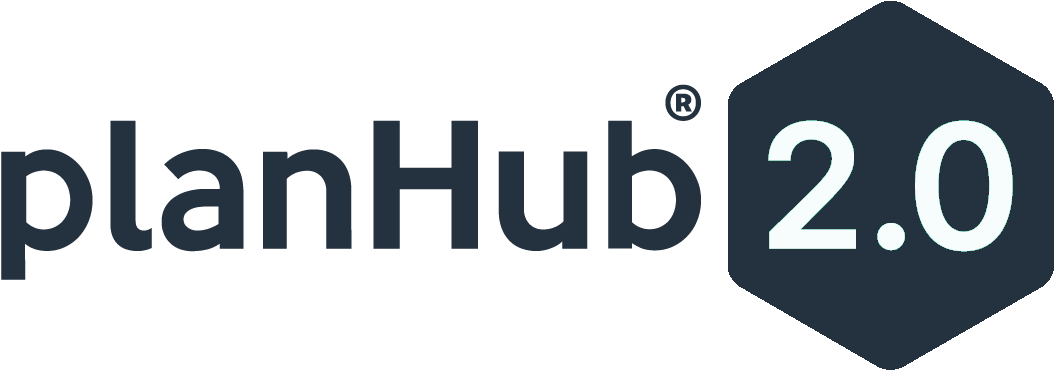Choosing the appropriate construction management software for builders and contractors for your company is a huge challenge. Equally challenging is deciding on the features your business will actually need. Every year, many technologies are being introduced to the marketplace to make the selection process even harder.
Data from Market Future Research Report shows that the construction software market is projected to reach $2.71 billion by 2023, owing to its many benefits as well as the increasing investments in the construction industry amidst rapid urbanization and lax regulations. It is seen expanding at an 8.8% CAGR from 2017.
While the cost continues to be the main deciding factor when choosing the best contractor software for a small construction business, as everyone understandably wishes to make sure their investment will yield them a good return, there are other things to consider before purchasing.
Before we dig deeper into determining what web-based construction management software is right for your company, let’s have a better understanding of what it is all about first.
What is construction management software?
This tool, often considered as the best construction software, is used by construction professionals to automate every phase of the construction management process. It is basically a computer program that helps them coordinate and organize resources of all forms including financial, information, material and human throughout the construction cycle. It involves advanced management methods and techniques to achieve predetermined objectives in terms of the scope, time, quality, costs, and other variables.
There is a variety of this cloud technology hitting the construction industry, but they all come with the following basic features:
- Data importation
- Integration with other departments
- Tailor workflows
- Quality management
- Time management
- Safety management
- Communication and collaboration
- Budgeting
- Job Costing
- Transmittals
- Bid proposals
- Equipment and resources
- Purchases orders
- Transmittals
- Project scheduling
- RFI and submittals
- Change orders
- Document control
Now that you have a better grasp of what this tool is, you are now ready to decide which one is right for your business. Follow these 8 tips to make sure you make the right decision.
- Determine Your Budget
This is the first consideration before buying a system, especially if you do not want to go over your budget. When it comes to this kind of technology, though, there is not much difference from one provider to the other. What you should focus on is whether or not it gives you true value for your money.
- Identify Specific Business Needs
There is no one-size-fits-all solution, so make sure you only pick the one that addresses your needs precisely. There are three major categories of this technology as follows:
- Issue Tracking Management – A simple glitch in the construction process may result in a dominos effect. Hence, monitoring and fixing bugs is vital. This is what this type of construction management solution exactly does. It can help you handle common issues that may arise. Several aspects of the process such as workflow management, financial inclusion, contract management, and more are continuously analyzed to find out any possible loopholes.
- Project Portfolio Management – This category covers all software that help in reducing performance risks through effective cost tracking and management. They also make sure that various optimization changes are implemented. Tools of this type can also help you manage time effectively and enhance overall efficiency as they are designed to address project scheduling requirements and information management of a construction project. They enable data logging and record-keeping as well as ensure sharing and ease of visualization.
- Integrated Construction Estimation – The tools in this category integrate portfolios with other construction aspects such as finance and business management. Some functions they provide include resource management, tasks and operations scheduling, and contract writing and modification. They also perform HR and accounting functions such as project billing, financial report generation, job cut assessment, payroll management and many more. Some tools under this category also offer special features, such as business planning and customer relations.
- Evaluate Features
Make sure to determine the needs of your business to help you identify property features that will correspond the most to your activities. To help you in this aspect, consider the following questions:
- What are the features that your current construction management solution is lacking?
- How many members of your team would benefit from these features?
- What are the pain points of your current management system?
- How much money and time would you be able to save by solving these pain points?
It would also help if you could list down at least 10 most important features you think you need.
- Ensure Safety and Security
Making sure that your sensitive documents are safe and secure is everything nowadays. Choose one that can protect and encrypt your data. It should also respect your ownership of the data.
- Check Scalability
Do not dismiss the thought that there might be an instance during the construction process when scaling up your software is inevitable. This especially holds true when you are hiring several subcontractors.
- Determine Ease of Deployment and Integration
One significant consideration you should look out for when choosing the right construction management software for builders and contractors is the presence of an intuitive user interface. Advanced features that are difficult to understand will only make the work complicated.
Make sure too that the software, whether it’s a free construction management software for builders and contractors or a paid one, integrates easily with your other existing processes and systems such as Excel. While an easy linking of Excel spreadsheets to your digital system may not sound a lot, it can actually streamline your work and can you a lot of time in the long run.
- Read Reviews
Do your own research and read a lot of reviews. Seek for recommendations of reliable construction management software vendors. The easiest way to do so is to look for brands that others in your field patronize.
To start, you can check out this comprehensive list of construction management software systems.
- Get a Free Trial
Most solution providers offer a trial on their application. Make sure to request for a trial run on all solutions that catch your interest and compare. Doing so will also help you and your team figure team what features you want or need in a software. This eventually will give you to make an informed decision.
Should you invest in construction management software?
Investing in technology is an expense, no matter how you look at it. Nonetheless, if it is an expense that can enhance efficiency and the overall process and help you save money in the mid to long run, then construction firms, especially small businesses looking for construction project management software for small business, should realize that it is worth the investment. Sadly, a lot of them still struggle to prioritize IT budgets despite acknowledging the crucial role that best construction management software can play in enhancing efficiency.
Data from the latest report by McKinsey show that $10 trillion global industry is among the least digitized industries. This shortcoming is seen as one of the significant contributors to the low labor-productivity growth of the sector which barely reached 1%. Don’t be one of them.
If you choose to adopt this technology today, you get to enjoy the competitive advantage before everybody would discover it soon. Hopefully, this article shed some light on the importance of this technology and how to choose the right construction management software for your company.




